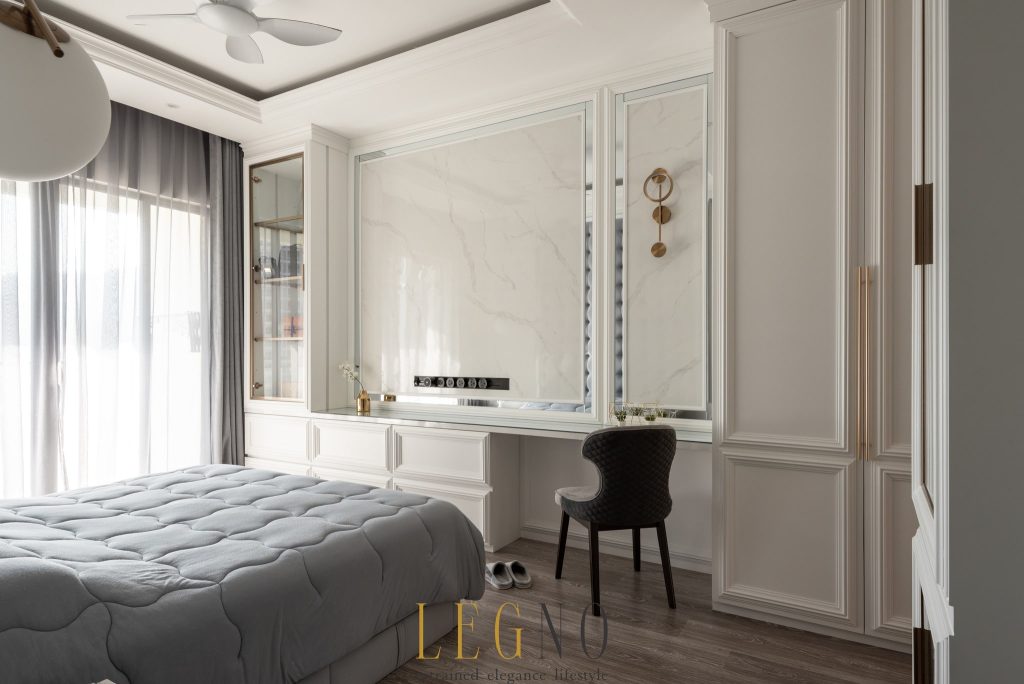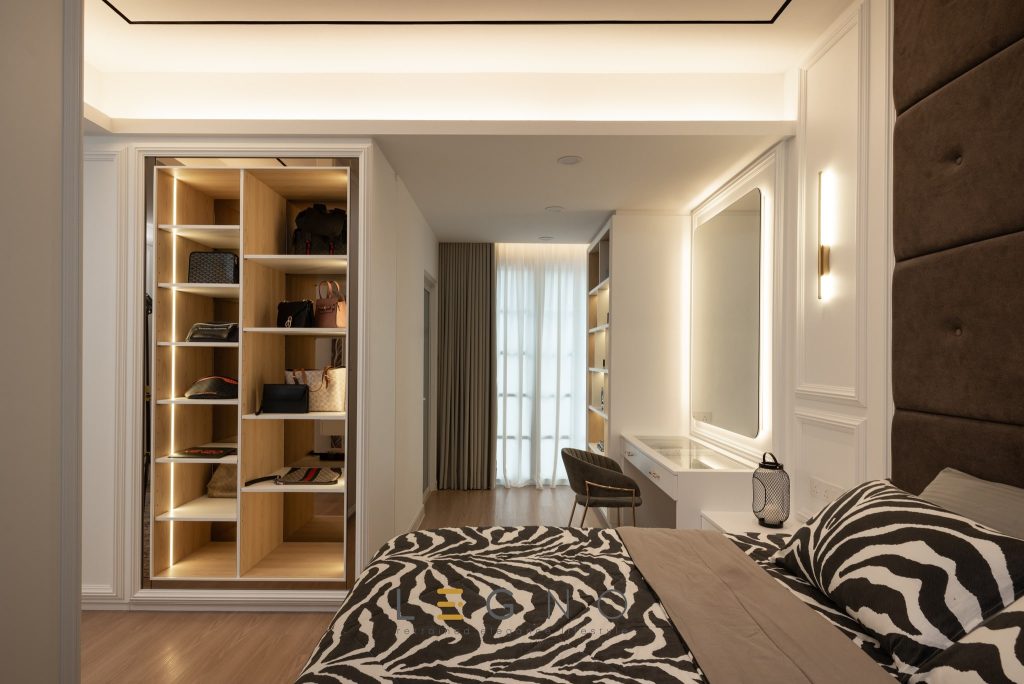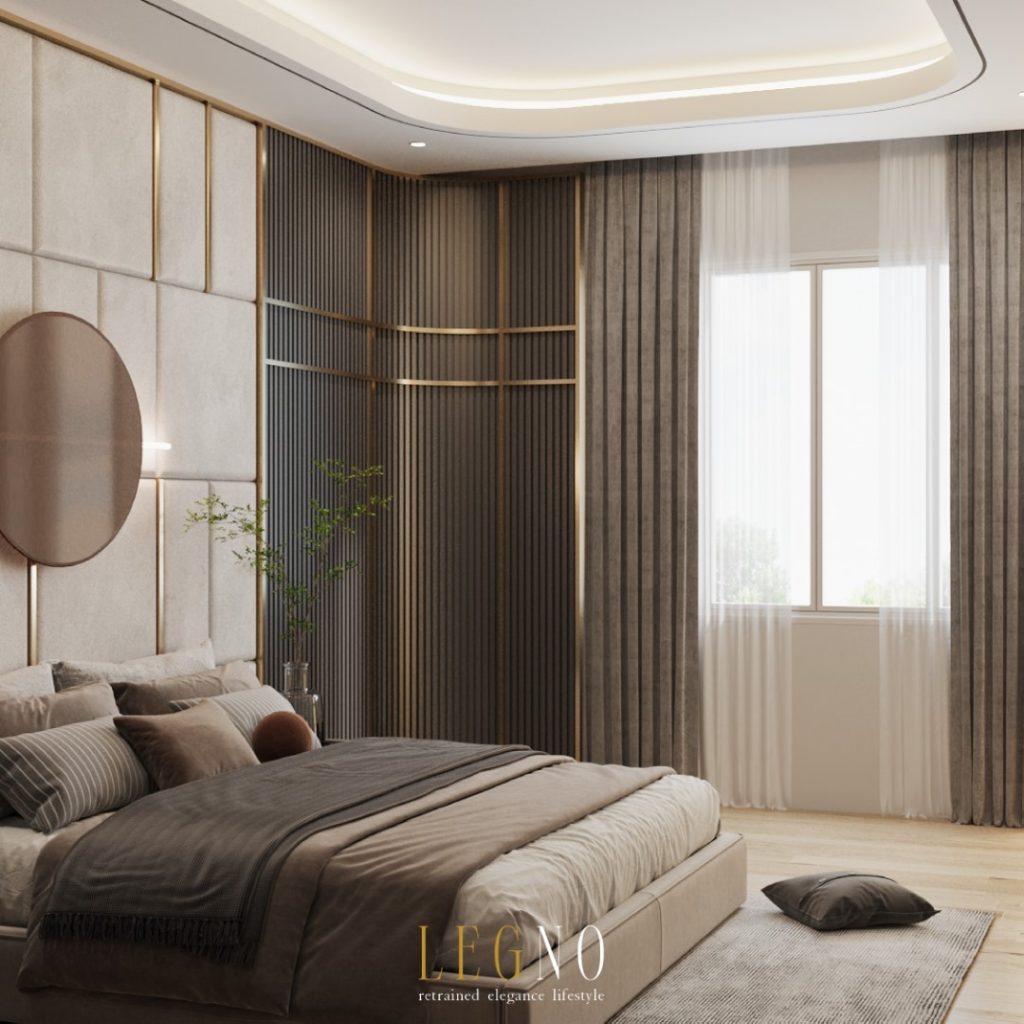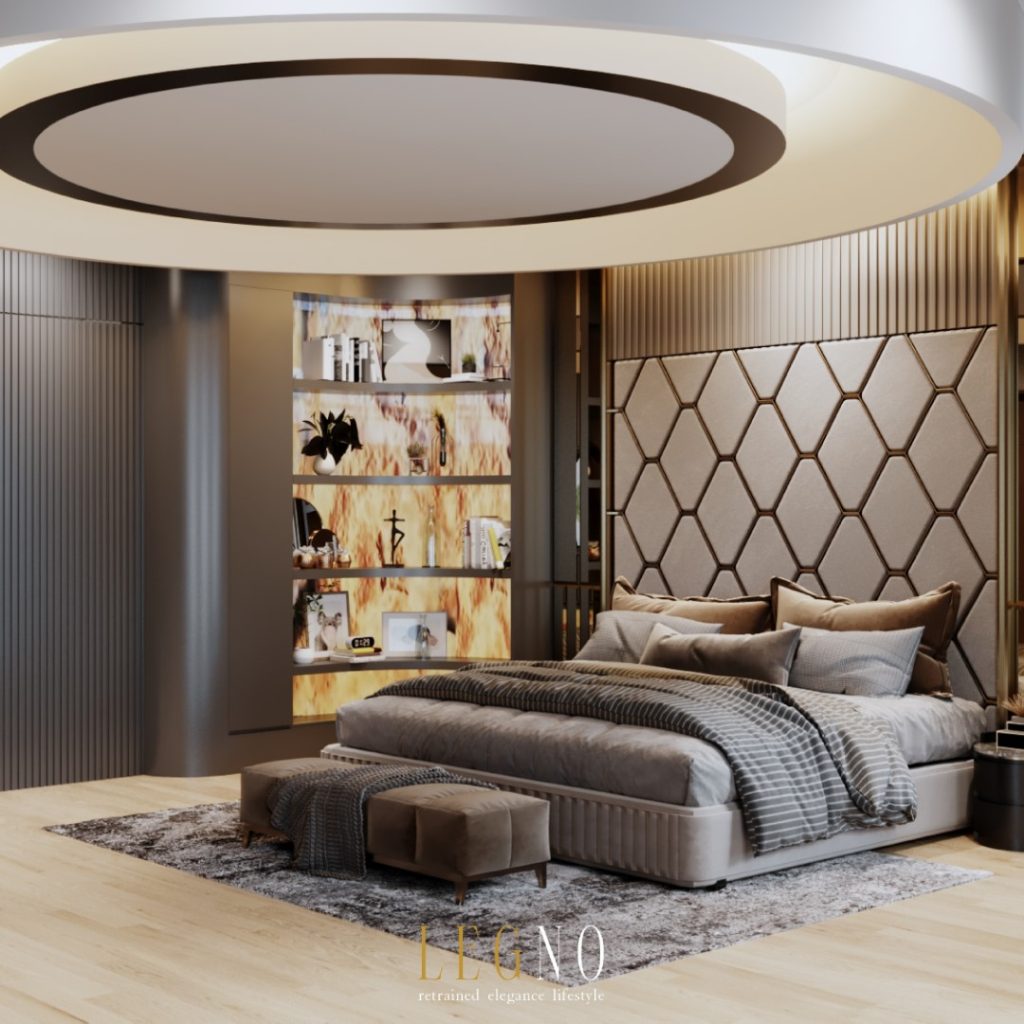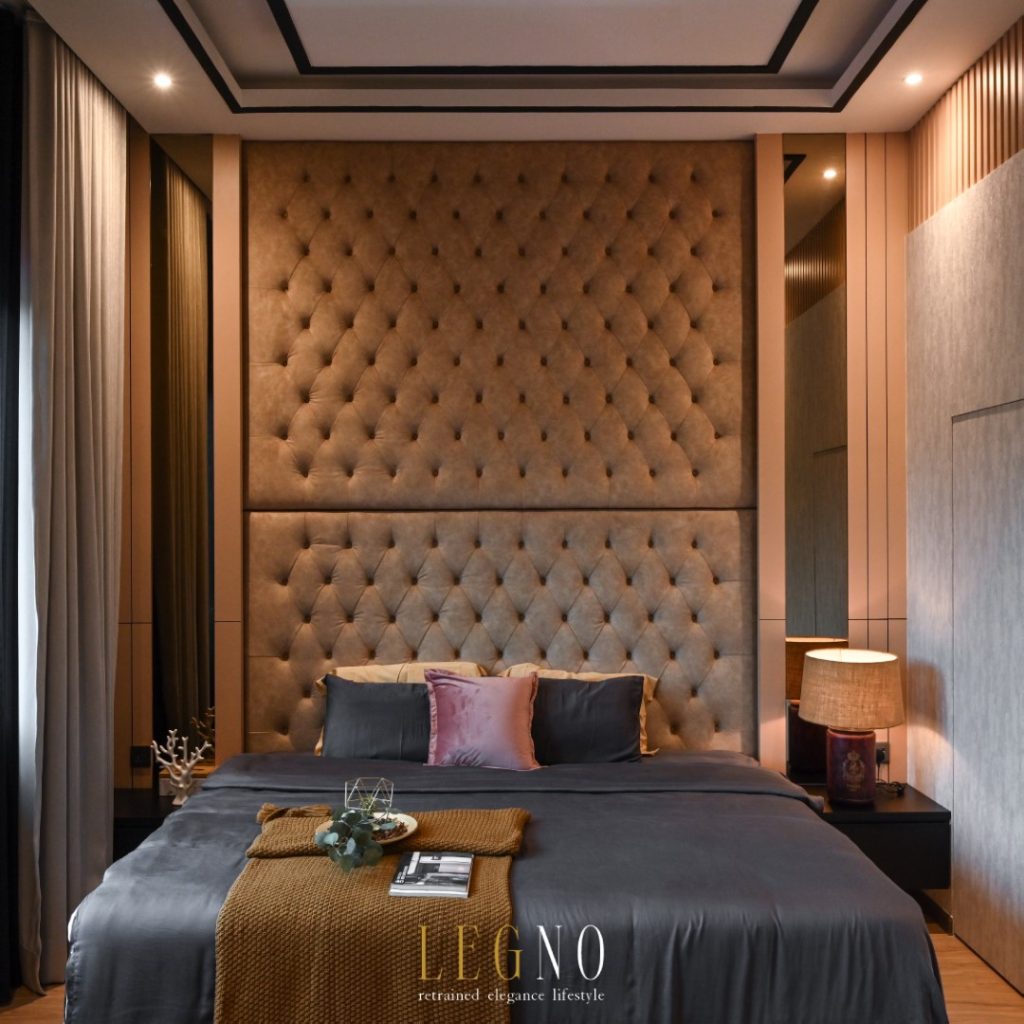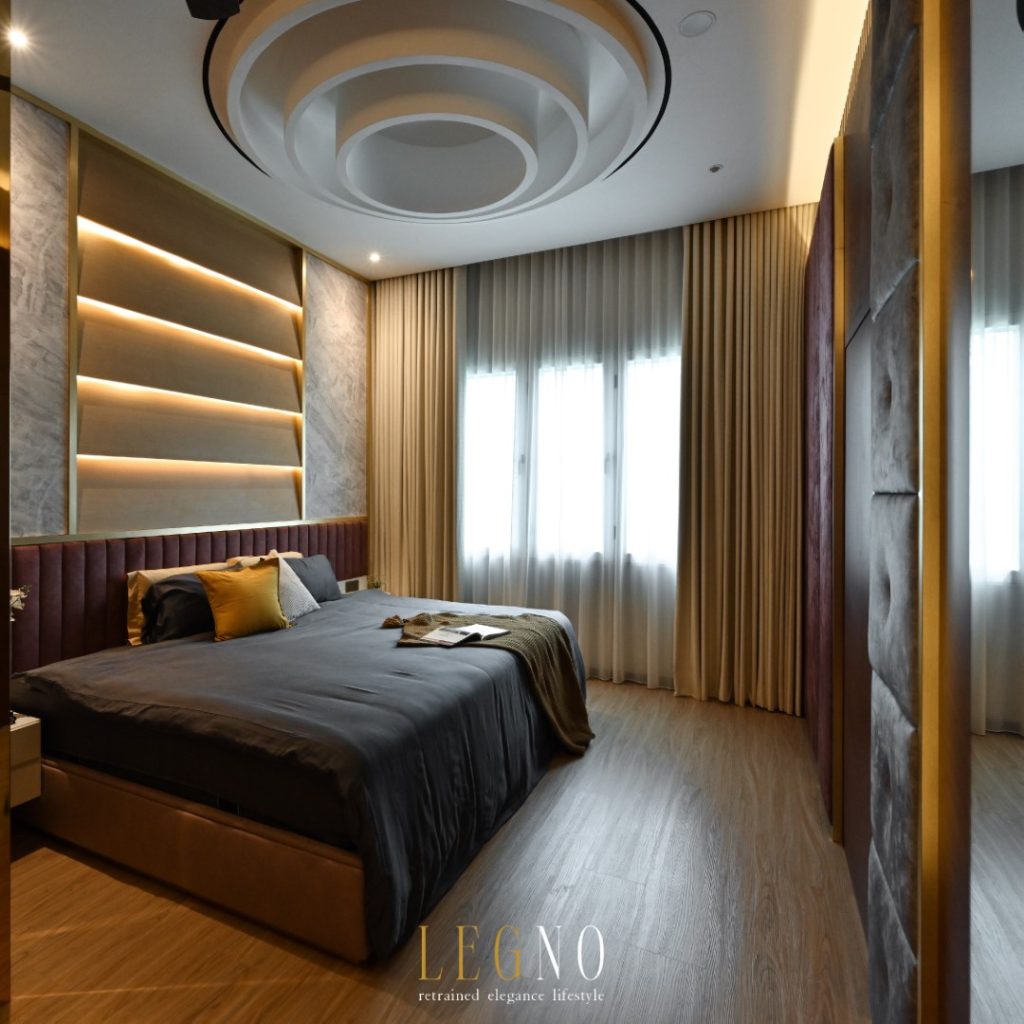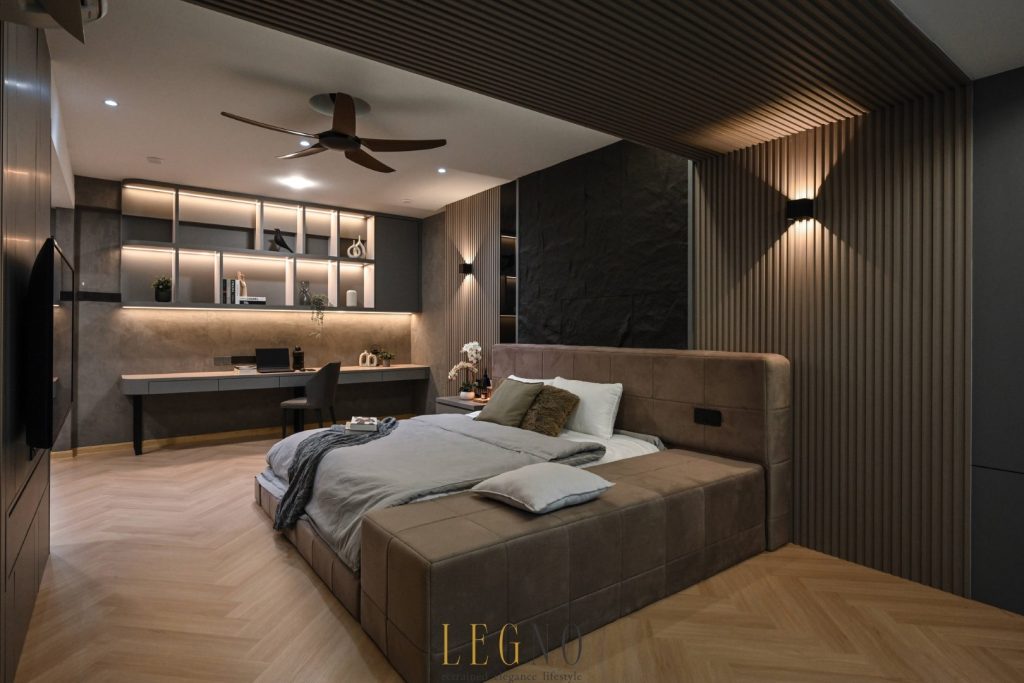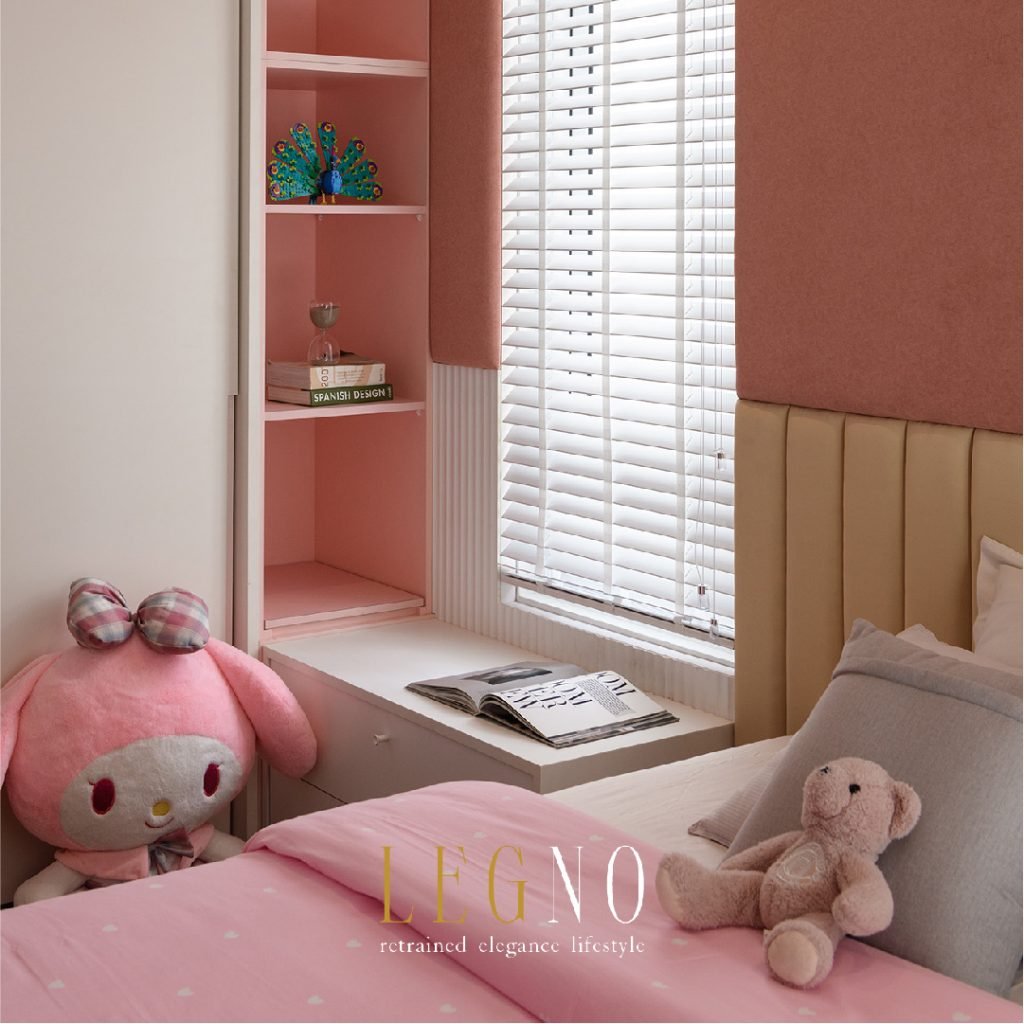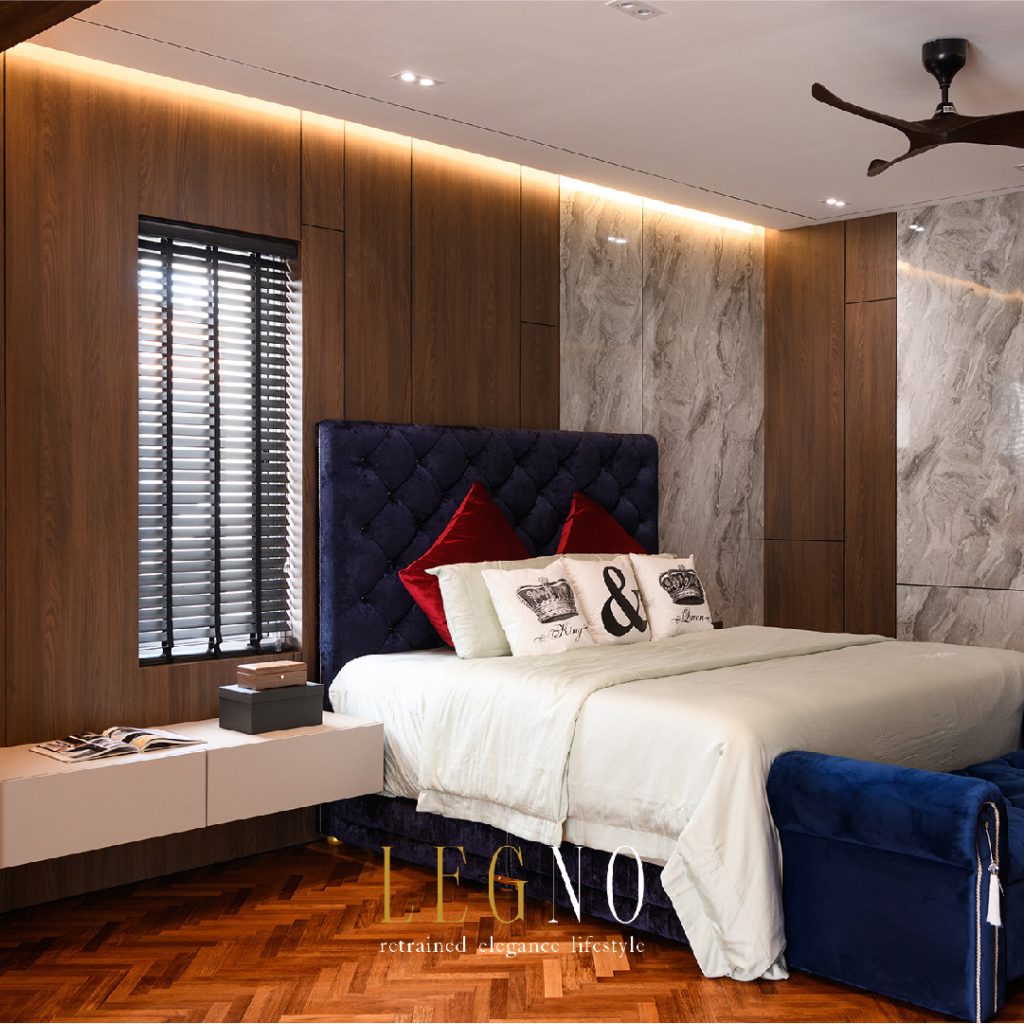Arranging furniture in a bedroom involves balancing functionality, aesthetics, and personal style. A well-planned layout enhances comfort, maximizes space, and creates a harmonious atmosphere. Below is a structured guide to help optimize your bedroom space effectively.
1. Bed Placement
- Focal Point: Position the bed against the longest wall, preferably facing the entrance, to establish a sense of balance and symmetry.
- Space Around: Ensure easy access to both sides for comfortable movement.
- Avoid Obstructions: Keep the bed away from windows, doors, or any element that disrupts natural light or airflow.
- Feng Shui Tip: Place the bed in the “command position”—diagonal from the door—to promote security and relaxation.
2. Smart Storage Solutions
- Closets: Optimize vertical storage with built-in shelves or modular systems to maximize space.
- Dressers & Nightstands: Keep them within arm’s reach of the bed. Choose slim-profile options for smaller rooms.
- Under-Bed Storage: Utilize rolling bins or drawers for seasonal items and extra linens.
- Wall Shelving: Install floating shelves to maintain an uncluttered floor and add functional décor.
3. Seating & Accent Pieces
- Bench or Ottoman: Place at the foot of the bed for extra seating or storage.
- Reading Nook: In larger bedrooms, a compact armchair or chaise lounge creates a cozy retreat.
- Avoid Overcrowding: In small spaces, opt for multifunctional furniture instead of bulky seating.
4. Lighting & Mirrors
- Layered Lighting:
- Overhead: A ceiling fixture or flush mount provides general illumination.
- Task: Bedside lamps or wall sconces offer focused lighting for reading.
- Ambient: String lights or dimmable lamps add warmth and mood.
- Mirrors: Position opposite windows to enhance natural light and make the room appear more spacious.
5. Space Optimization Tips
- For Small Rooms:
- Use multi-functional furniture (e.g., storage ottomans, Murphy beds).
- Opt for a low-profile bed frame to create a sense of openness.
- Choose a small area rug beside the bed rather than covering the entire floor.
- For Large Rooms:
- Define different zones (e.g., sleeping, lounging, or working areas).
- Use symmetry by pairing nightstands, lamps, and side chairs for a polished look.
6. Personalization & Style
- Artwork Placement: Hang art above the bed at eye level (5–6 feet from the floor) for visual balance.
- Rugs & Textiles: Select colors and textures that complement the overall palette.
- Minimalist Surfaces: Keep décor simple—one or two statement pieces per shelf to maintain a clutter-free space.
7. Common Mistakes to Avoid
- Blocking pathways: Maintain some space of walkway between furniture.
- Overcrowding the room with unnecessary furniture.
- Oversized furniture in small rooms: Choose pieces proportionate to the space.
- Ignoring ceiling height: Avoid tall furniture in rooms with low ceilings to maintain an airy feel.
- Ignoring natural light (e.g., blocking windows with large pieces).
Final Thoughts on Bedroom Interior Design
Arranging bedroom furniture is both an art and a science. By balancing functionality, aesthetics, and personal style, you can create a space that is inviting, practical, and uniquely yours. Thoughtful planning, smart storage, and mindful layout choices can transform any bedroom into a stylish, comfortable retreat.
At LEGNO, we specialize in interior design in Penang, offering customized solutions to help you achieve your dream home. Whether you’re optimizing a compact space or curating a luxurious master suite, our expert team in Penang is here to bring your vision to life.
📞 Contact us today to get started

